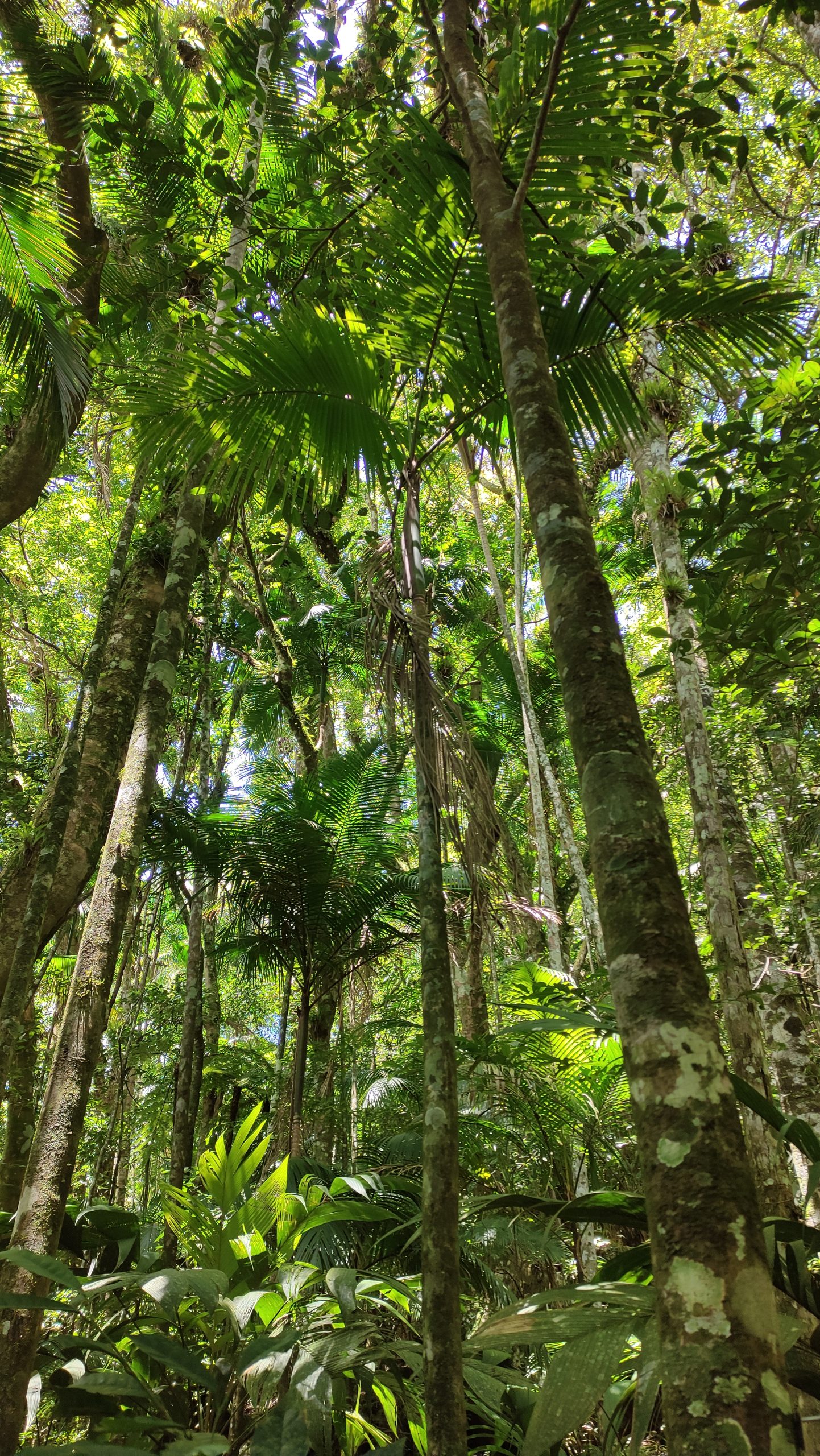The world has become more connected. What used to be different or unique across certain areas is now similar, including food, products in stores, culture and even biodiversity. Human activity is largely responsible for this increased connectivity, which can alter how biodiversity is distributed across space and time.
These altered distributions often lead to one of two outcomes. First, species communities can become more similar, as disturbance-adaptable species, including some non-native ones, become more widely distributed and specialised species decline. Biologists refer to this increasing in similarity as biotic homogenisation. Second, as species populations decline and some native species become locally extinct, communities can become more different. This process is called biotic differentiation.
In a paper published in Conservation Biology, we reviewed 151 studies about biotic homogenisation and differentiation in plant communities in tropical and subtropical forests around the world. We wanted to find out which process is more common, where these studies were done, the scales that they addressed and the main drivers of plant community changes.
While we found that biotic homogenisation was more frequently discussed in these studies, we also found important nuances. In particular, many studies reported that homogenisation and differentiation can occur at the same time. Plant communities might initially become more different after a disturbance and then later become more similar as widespread and disturbance-adaptable species take over. Additionally, many studies used an approach known as “space-for-time substitution” where they observe sites that had been disturbed at different times and compare findings to infer about past or future ecological change.
Our most important results—and different from previous studies—indicate that forest fragmentation (the division of forests from one large track into increasingly smaller and isolated patches) is the main human disturbance driving homogenisation and differentiation processes. However, our results reflect the current literature about these processes, and other human disturbances, such as climate change, can also be relevant and may interact with other anthropogenic impacts.
Overall, our study provides a comprehensive view of biotic homogenisation and differentiation in plant communities in tropical and subtropical forests worldwide. Understanding these processes is crucial for biodiversity conservation. This knowledge can help to develop strategies to preserve and restore unique ecosystems in heavily impacted areas. Additionally, recognising the processes of homogenisation and differentiation as key factors in the current biodiversity crisis can help to understand the fate of ecological communities and support management decisions towards a sustainable society.
Further reading:
Kramer, J.M.F., V.P. Zwiener and S.C. Müller, 2023. Biotic homogenisation and differentiation of plant communities in tropical and subtropical forests. Conservation Biology 37(1): e14025. https://doi.org/10.1111/cobi.14025.






